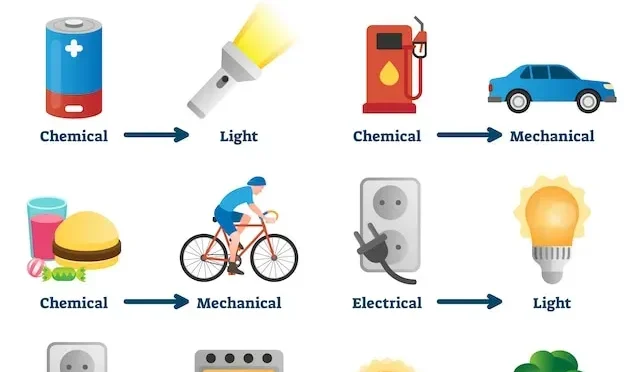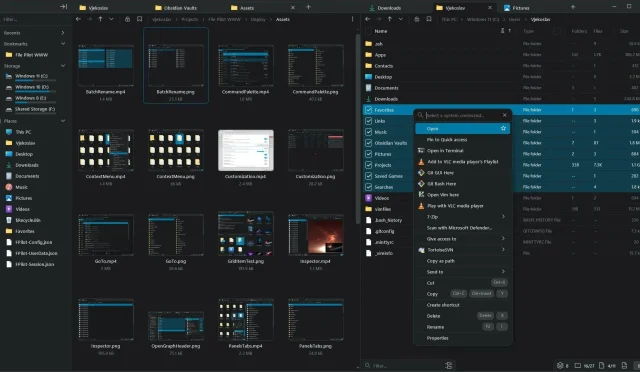Evaluating Dependencies: The Hidden Costs You Must Know
Evaluating dependencies is a crucial aspect of effective software development, often overlooked by developers swayed by the allure of quick fixes and pre-built functionality. In a landscape dominated by legacy code risks and complex dependency management, understanding the nuances of these packages can save time and resources in the long run. While leveraging existing libraries can seem advantageous, the hidden costs of integrating these components can lead to significant challenges, including disrupted workflows and the need for constant updates. By adopting programming best practices that prioritize thorough evaluation of dependencies, developers can better navigate their projects and enhance performance. Ultimately, recognizing the potential pitfalls of dependencies is key to fostering robust, maintainable codebases that stand the test of time.
When we discuss the evaluation of software dependencies, we are really delving into the art of assessing external libraries and frameworks that our applications rely on. This process, also known as dependency assessment, entails analyzing various facets like usability, stability, and overall impact on project health. Instead of merely incorporating accessible tools, developers should sift through the potential risks and advantages associated with software components, especially when dealing with legacy code challenges. The implications of our dependency choices can significantly affect development costs and project timelines. By comprehensively examining these relationships, we can construct a more resilient software architecture that aligns with best practices in programming.
Understanding Dependency Management
Dependency management is a crucial aspect of modern software development, often overlooked by many programmers. The idea that using external libraries or frameworks saves time and effort can be misleading. While dependencies can indeed provide powerful functionalities out of the box, they come with their own sets of challenges and risks. Developers must consider the long-term implications of introducing new dependencies into their codebase, particularly in terms of maintenance, compatibility, and the potential for supply chain vulnerabilities.
Moreover, understanding dependency management is not just about choosing the right libraries but also about knowing how to evaluate them critically. Factors such as the frequency of updates, community support, and overall stability should weigh heavily in the decision-making process. By applying rigorous standards in dependency evaluation, programmers can avoid the pitfalls associated with poorly chosen dependencies and ensure a more stable development environment.
Frequently Asked Questions
What is the importance of evaluating dependencies in software development?
Evaluating dependencies is crucial in software development because it helps identify the costs associated with using external libraries, tools, or frameworks. This assessment ensures that developers understand issues such as stability, support, and performance implications, minimizing risks like legacy code complications and supply chain attacks.
How do legacy code risks relate to dependency management when evaluating dependencies?
Legacy code risks arise when dependencies are not properly evaluated, leading to compatibility issues, maintenance problems, and increased technical debt. By assessing dependencies thoroughly, developers can avoid introducing risky external code that may become problematic as projects evolve.
What framework can I use for evaluating software dependencies?
A helpful framework for evaluating software dependencies includes five criteria: Ubiquity (availability across environments), Stability (frequency of breaking changes), Depth (functionality beyond the API), Ergonomics (user-friendliness of the interface), and Watertightness (how well the abstraction hides complexity). This framework guides developers in making informed decisions about which dependencies to integrate.
What are the potential costs of dependencies in programming?
The costs of dependencies in programming include time spent learning how to implement and maintain them, potential breaking changes that require rewrites of existing code, and the need for complex deployment solutions. These factors can often outweigh the perceived benefits of using external libraries.
How can developers mitigate risks associated with using external dependencies?
Developers can mitigate risks associated with external dependencies by conducting thorough evaluations, staying updated on dependency changes, and considering lightweight or native alternatives when possible. By minimizing unnecessary dependencies, they can reduce complexity and enhance the stability of their applications.
| Criteria | Good Dependencies | Bad Dependencies |
|---|---|---|
| Ubiquity | POSIX System Calls: Can be used on Linux, Android, macOS, BSDs, etc. ECMA-48 Terminal Control Codes: Supported by most terminal emulators. Web Platform: The most widely deployed platform globally. | Left as an exercise for the reader. |
| Stability | Very stable, rare breaking changes for POSIX. No changes in ECMA-48 since 1991. Good commitment to backwards compatibility with the Web Platform. | Left as an exercise for the reader. |
| Depth | Very deep for POSIX, hiding extensive kernel code. Depth in ECMA-48 could demand building a standard yourself. The web platform has extensive capabilities; building one’s browser is impractical. | Left as an exercise for the reader. |
| Ergonomics | Mediocre ergonomics in POSIX, acceptable with ECMA-48, reasonable with web APIs. | Left as an exercise for the reader. |
| Watertightness | Mostly good for POSIX; good for ECMA-48 and very good for web platform. | Left as an exercise for the reader. |
Summary
Evaluating dependencies is crucial in software development, as it underscores the importance of understanding the trade-offs between ease of implementation and potential long-term consequences. By employing a structured framework to assess dependencies based on criteria like ubiquity, stability, depth, ergonomics, and watertightness, developers can make informed decisions that lead to more efficient and sustainable coding practices. Ultimately, being judicious with dependencies can reduce risks and improve project outcomes.








